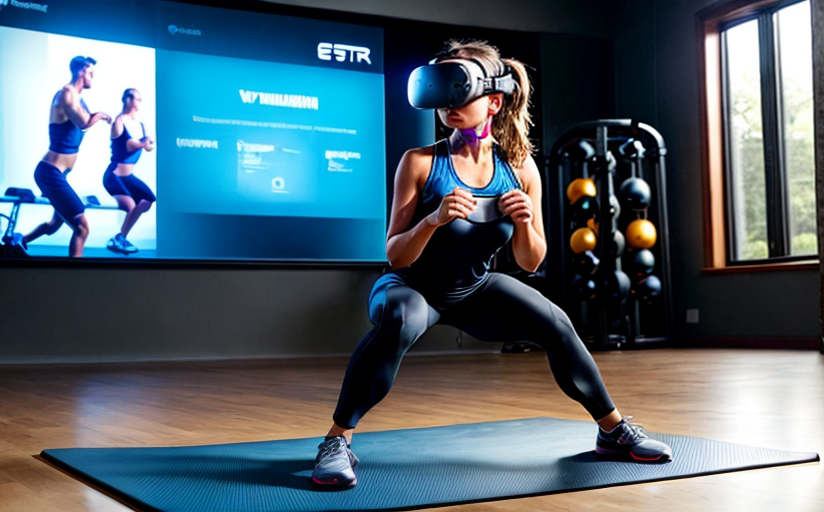Transformative Role of Virtual Reality in Sports Training and Fitness
Virtual Reality (VR) technology is significantly impacting various sectors, including sports training and fitness. This novel technology is revolutionizing how athletes train and engage in physical fitness exercises. It provides engaging, immersive, and interactive environments that effectively mimic real-world scenarios.
Benefits of Using VR in Sports Training
There are several notable advantages related to the use of VR in sports training, these include:
- Precision: VR offers accurate simulations that allow athletes to refine their skills, muscle memory, and competencies. It enables trainers to provide precise feedback and corrections based on the athlete's performance.
- Safety: Virtual training environments limit the probability of injuries as they eliminate physical risks associated with conventional training methods.
- Customizability: VR training regimens can be tailored to meet the specific needs of each athlete, ensuring focused and efficient training.
Potential Drawbacks or Challenges
Despite the numerous benefits, there are potential drawbacks and challenges associated with integrating VR technology in sports training and fitness. They include high initial cost of VR equipment, the need for technical knowledge to operate and maintain the systems, and potential health concerns like nausea and disorientation due to prolonged usage of the technology.
Case Studies
Several sports teams and fitness organizations have successfully incorporated VR into their training regimes. For instance,
- The Stanford University Football team uses VR for cognitive training. It allows players to hone their decision-making skills in a virtual environment, simulating real-game scenarios.
- Strivr, a VR training platform, has worked with NFL, NBA, and NHL teams and has demonstrated significant improvements in player performance.
Future Developments
The application of VR in sports training and fitness is still a fairly veiled field with plenty of untapped potentials. In the future, we can expect sophisticated VR systems complete with haptic feedback, which will enhance sensory immersion. AI integration may also personalize training programs to the user's changing fitness levels. Furthermore, competitively priced and more ergonomic VR systems will make this technology more accessible to amateur athletes and fitness enthusiasts.
As technology continues to progress, the transformative role of virtual reality in sports, training and fitness is likely to become even more prominent. It is clear that VR has the potential to revolutionize traditional training methods, paving the way towards more efficient, safe and customized training experiences.


















Comments
Leave a Comment